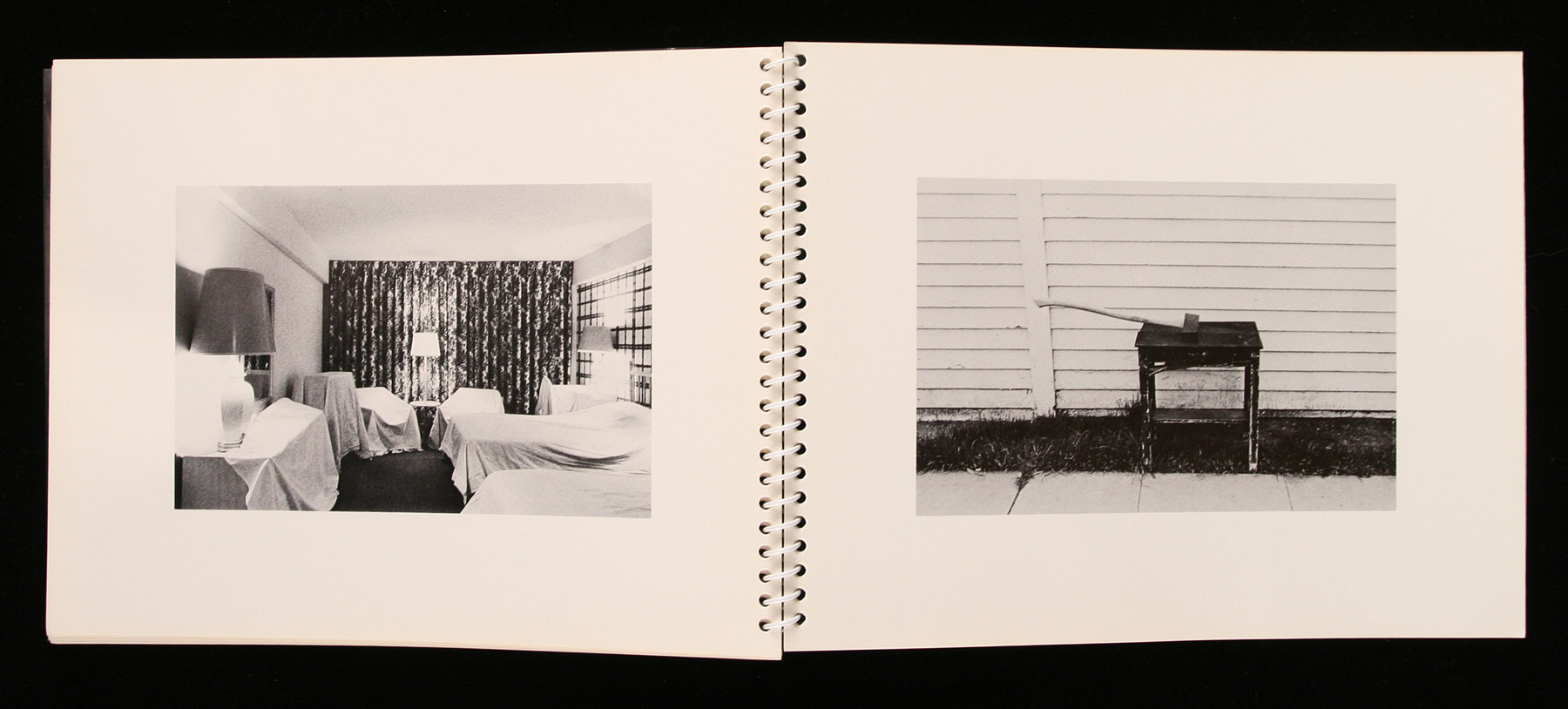In a recent post on photo-novellas, Marc Feustel of eyecurious mentioned two children books by Eikoh Hosoe and Betty Lifton. I just received Taka-Chan and I, (1967). I love the book and so do the offspring.
The ‘about the photographer’ page pretty much explains the book and the spirit in which it was made:
“One day Eikoh Hosoe, the photographer of this book, was walking on a lonely beach in Japan, now and then taking pictures of the ocean, the beach, and of a small girl sitting on some rocks. He was startled by a Weimaraner dog which appeared unexpectedly from right out of the ground. Mr. Hosoe couldn’t believe what he saw, but before Runcible’s departure from Japan they had a long talk. Runcible told Mr. Hosoe about his adventure. Runcible was very proud to know an outstanding free-lance photographer who had received so many awards for his pictures. Mr. Hosoe gave Runcible copies of his three photo-essay books, Killed By Roses, Ondine and Why, Mother, Why! The two have been firm friends ever after.
See scans of the whole book here.
![]()










